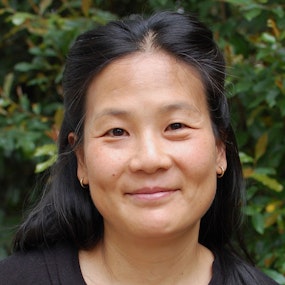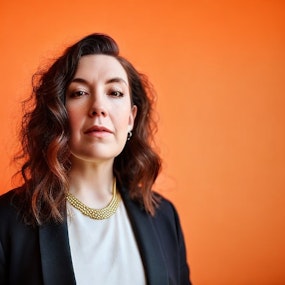JANSON SILVERS:
This is the award-winning Public Health Review Morning Edition for Wednesday, March 20, 2024. I'm Janson Silvers. Now, today's news from the Association of State and Territorial Health Officials.
ALISON ATHEY:
We found that 40 million U.S. adults likely experienced some sort of negative impact on their lives when they lose someone to overdose. And that's what brings us here today.
SILVERS:
Dr. Alison Athey, a behavioral scientist at RAND worked with her colleagues to take a deeper look at the impact on people left behind when someone dies by overdose.
ATHEY:
We know very little about the experience of overdose bereavement, because those experiences have been really overlooked by all parts of our society: by policymakers, by clinicians, and by scientists who study these types of experiences.
SILVERS:
One of the things her team found is research showing that someone dying because of an overdose can begin a vicious cycle.
ATHEY:
There's a really important and alarming study out of Norway that shows that people who are left behind may be at risk for mortality outcomes. In Norway, they found that parents who lose children to overdose are at more than 2.5 times higher risk for external injury deaths. So, that could be their own overdose that could be suicide, homicide, or other types of injury deaths.
SILVERS:
Athey says public health will be critical in addressing these issues before the cycle spins out of control.
ATHEY:
Part of the planning for responding to the overdose crisis should include an element of what we call in suicide, postvention, prevention after a death to decrease the risks and people who are left behind.
SILVERS:
You can find a link to the article in the American Journal of Public Health in the shownotes.
Connie Moon Sehat is one of the leaders of the analysis and response toolkit for trust, a workgroup that aims to develop a set of guidelines and best practices around AI use for health communication professionals.
CONNIE MOON SEHAT:
What we are hoping to do by the end of the year is to present a kind of version one of very practical guidelines, we do see basically in the space that there are a number of these broad sort of recommendations that are happening. But the challenges, I think, is that even though those guidelines are very helpful, sometimes it's a little bit hard to really be as meaningful unless you actually have a concrete example.
SILVERS:
Sehat says to build and maintain trust and public health, we have to ask certain questions about AI.
SEHAT:
Will AI improve our ability to communicate in a genuine way or not? And it seems clear that for public health, questions about public trust are very important to consider, which is why it's important to examine the challenges and the opportunities that AI poses for public health, in particular, beyond what might be acceptable in general messaging practices.
SILVERS:
Sehat hopes the analysis and response toolkit for trust will develop those real life examples she mentioned that will help guide public health communicators.
SEHAT:
So, what we're going to do is to kind of work this through case studies that we imagine public health professionals are going to be facing. So for example, is it okay to generate a one-pager using generative AI? Or what does it mean to target audiences using AI tools? These are that we want to actually kind of wrestle with concrete scenarios, and then to come out with a list of best practices or recommendations.
SILVERS:
Learn more about the analysis and response toolkit for trust by clicking on the link in the show notes.
Recent surveys and studies show that workforce well being in public health has declined in recent years. An ASTHO blog article takes you through some of the possible reasons for this, as well as real opportunities for the improvement of workplace wellness. You can read the blog by using the link in the show notes.
Finally, this morning, if you're looking for a rewarding career in public health, make sure you check out publichealthcareers.org to find opportunities all over the country. We have that link for you in the show notes.
Before we go a reminder also to follow this newscast on your podcast player, so you don't miss a single report and connect with ASTHO on social media. We're on LinkedIn, Twitter, and Facebook.
That'll do it for today. We're back tomorrow morning with more ASTHO news and information. I'm Janson Silvers, you're listening to the award-winning Public Health Review Morning Edition. Have a great day.






